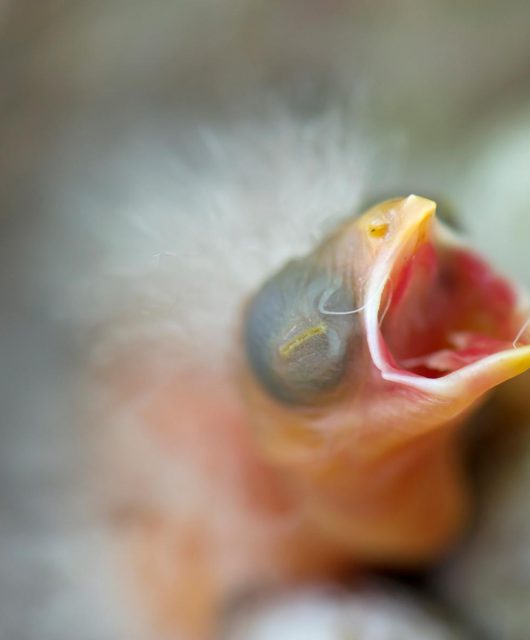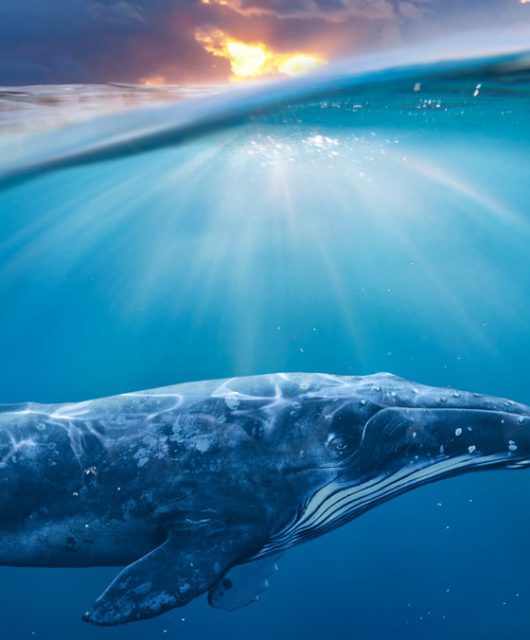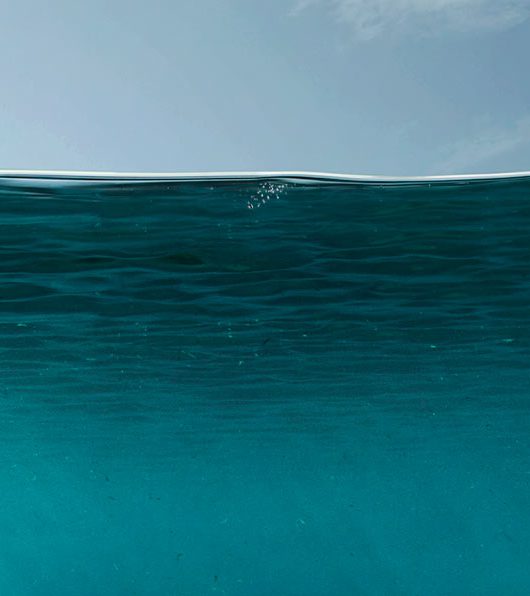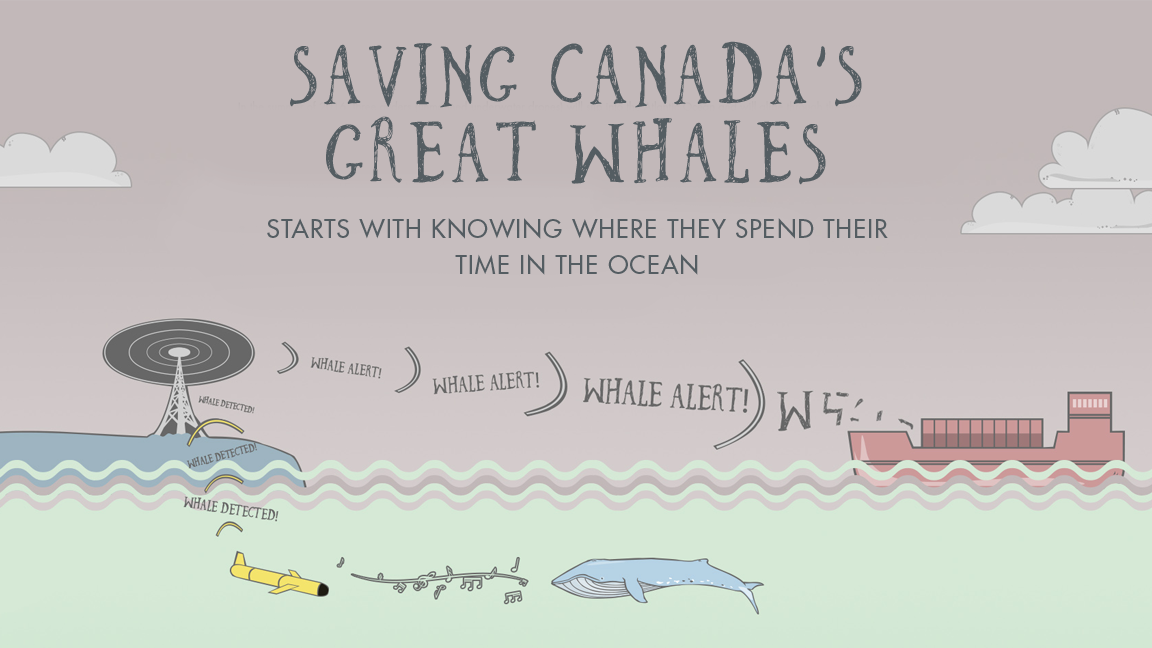
We all benefit from using the ocean in many ways. But we must make sure we are responsible in the ways we use it so that we are not careless and harm wildlife when we do not need to.
When you stop to think about it, we use the oceans for so many things!
- We catch our food out of it. And we grow our food in it using aquaculture.
- We transport nearly everything we own across it in large ships.
- We look for and extract resources, like oil, from beneath it.
- We use it to discard wastewater from our homes and factories.
- And recreationally we enjoy being on it, beside it – or even in it!
Everyone uses the oceans in these ways, no matter where you live.
None of these uses are deliberately harmful to the environment. But, when we are not careful, the ways we use the ocean can cause harm to wildlife or their habitats. For example, animals such as whales can be hit by ships, entangled in ropes used in commercial fishing, or become injured because of our ocean pollution.
One way to make sure we don’t harm wildlife is to keep wildlife away from the activities that might harm them. On land, we can put up fences or make noises to scare them away, but these don’t work in the ocean, and studies have shown that they definitely won’t work for whales!

How do we reduce the overlap between whales and potentially harmful human activities? The best way is to discover which parts of the ocean whales use and then keep our activities out of those sensitive areas. There are some big challenges to sorting out the most important places used by whales. First, whales are rare, move a lot, and are hard to see, all of which makes them hard to study. Second, the ocean is enormous! Even the small part of the ocean that Canada looks after is more than seven million km2!
The Whale Habitat and Listening Experiment (WHaLE), the project that we are inviting the public to follow here, is helping to address these challenges by using new technology to help find out where the whales are safely and cost effectively, using unmanned drones. This is a crucial tool for us to use our oceans more responsibly. With this this new knowledge, we will be able to change where and when we fish, where we drive ships or where we develop new industries in the ocean.
Sean Brillant, Senior Conservation Biologist, Canadian Wildlife Federation
Kim Davies, Liber Ero Postdoctoral Fellow, Department of Oceanography, Dalhousie University
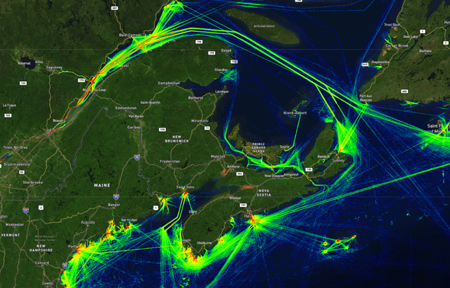
From Marinetraffic.com


